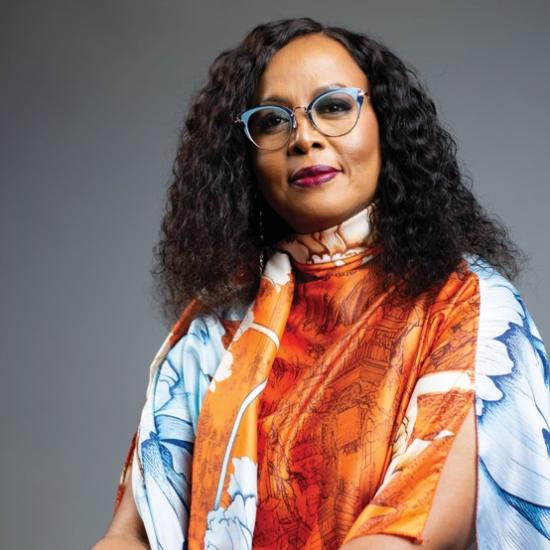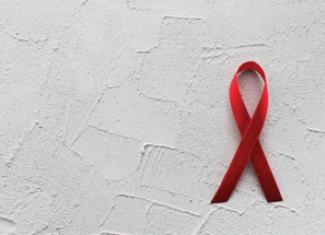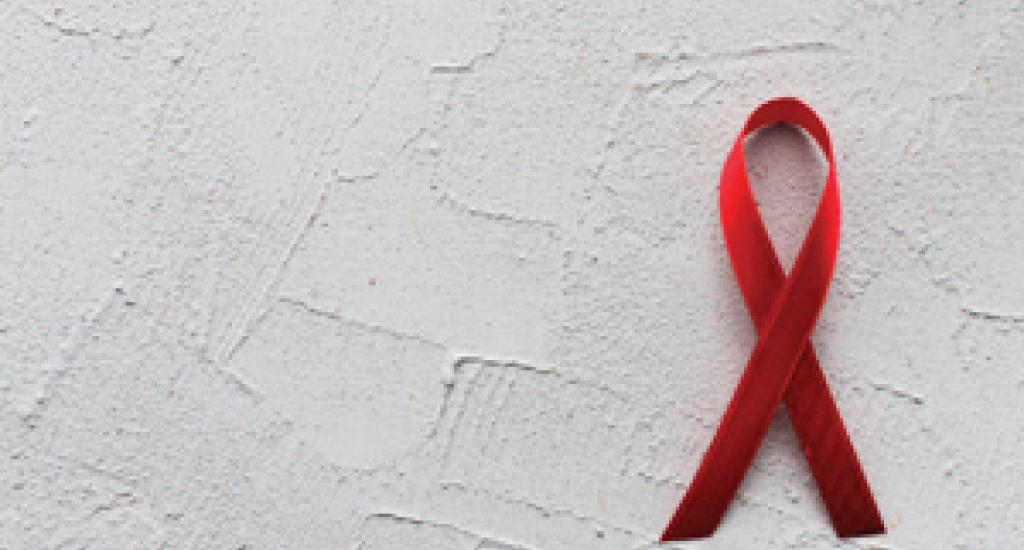The HIV and TB crisis
is far from over in South Africa

Every year on 1 December, South Africa joins the global community in commemorating World AIDS Day. For first world countries with a burden of around one percent, the commemoration becomes exactly that – a remembrance of something from the past.
However, circumstances are extremely different for South Africa since our country remains the global epicentre of HIV and is among countries with the highest burden of TB.
There are currently an estimated eight million people living with HIV (PLHIV) in the country and TB remains a leading cause of death, claiming approximately 56 000 lives every year – 53% of whom are PLHIV. The World Health Organisation (WHO) classifies South Africa as a country with a “severely endemic” status of HIV and TB.
HIV infection is rife among young people, particularly in adolescent girls and young women (AGYW) who bear the brunt of the HIV epidemic in Southern Africa. South Africa records an astounding 1 300 new infections per week among AGYW between the ages of 15 and 24 years, the highest among all age groups.
Reasons for this range from simple biology to social and structural drivers. AGYW under the age of 17 years are at an even greater risk since they have an underdeveloped cervix which overexposes the cells that catch HIV when they come into contact with infected bodily fluids.
Moreover, the country is ravaged by poverty, unemployment and other socio-economic struggles and therefore, younger women are more likely to engage in age disparate relationships or succumb to transactional relationships (the blesser-blessee type) where the risk of contracting HIV is heightened.
There is a strong need to push for a full basket of HIV prevention tools designed for women, such as the Dapivirine Vaginal Ring, a long-acting, discreet prevention tool that significantly reduces the risk of transmission during vaginal sex – it gives women full power and total control of their bodies.
“Out of the estimated 304 000 people with active TB, there is a gap of 116 625 people in our communities with infectious TB but are not on treatment. This means the cycle of infection continues, which is concerning when one considers that a single person can infect up to 15 people. ”
Many women are in relationships where the power dynamic renders them powerless and unable to negotiate for safer sex (such as with a condom) which is precisely why interventions like the Dapivirine Vaginal Ring and the newer Long-Acting HIV Prevention Injectables like the two months cabotegravir or the latest six months Lenacapavir injection.
The country is also not doing well in its performance towards the UNAIDS 95-95-95 targets, the deadline of which is next year December 2025, whereupon the race to 2030 will begin.
South Africa is currently sitting at 96-79-93, signalling that the biggest challenge is with the second 95 (initiating and retaining people on antiretroviral therapy).
This gap is certified by the number of people currently on sustained treatment. Out of the eight million PLHIV, only six mil- lion of them are on antiretroviral therapy (ART) treatment, leaving the country with a gap of two million people that are known to be living with HIV but are not on treatment.
Out of the estimated 304 000 people with active TB, there is a gap of 116 625 people in our communities with infectious TB but are not on treatment. This means the cycle of infection continues, which is concerning when one considers that a single person can infect up to 15 people. WHO estimates that around 270 000 people fell ill with TB in South Africa in 2023, with around 13 000 falling ill with drug-resist- ant TB. This places South Africa among ten countries with a triple burden of TB, HIV and Multi-Drug-Resistant TB.
Worth noting is that the gender spread for TB in the country is somewhat different compared to HIV – men have a 1.6 times higher risk of developing TB than women and many men are dying of TB. To date, most TB interventions have been biomedical, yet, much like HIV, TB is also subject to social and structural drivers that require multisectoral approaches where all sectors, including communities, are actively involved in TB control measures.
South Africa recently approved a TB Multisectoral Accountability Framework, informed by a WHO Brief, to galvanise all stakeholders to work together in the country’s efforts against TB.
South Africa is classified as the most unequal society in the world, a challenge that is both multifaceted and complex. Not everyone has the same access to good quality health services either due to affordability or mere structural access.
This is worsened by the stigma and discrimination on the basis of one’s gender, lifestyle or trade.
For instance, transgender persons still struggle to access comprehensive gender affirming health care services without fear of being judged, ridiculed or even denied such services. Sex workers are subject to the same hurdles yet. These are key and priority groups we should reach with targeted prevention interventions in order to ensure we don’t leave anyone behind.
As we commemorate World AIDS Day 2024 under the theme, “Equal Rights, Equal Care”, may we be reminded that HIV and TB are still very much with us, and we dare not be complacent.
These two epidemics are everybody’s business and the question we should all ask ourselves is, ‘how can I contribute to the country’s efforts against HIV and TB,’ since we all have a role play – whether through you making a decision to use a condom, to get tested, get your child tested, to get back on HIV/TB treatment, or to use Pre-Exposure Prophylaxis, it is through those little things that we can truly make a difference.
Dr Thembisile Xulu is the Chief Executive Officer of SANAC. She is a seasoned public health practitioner with a special focus on HIV and TB response.




